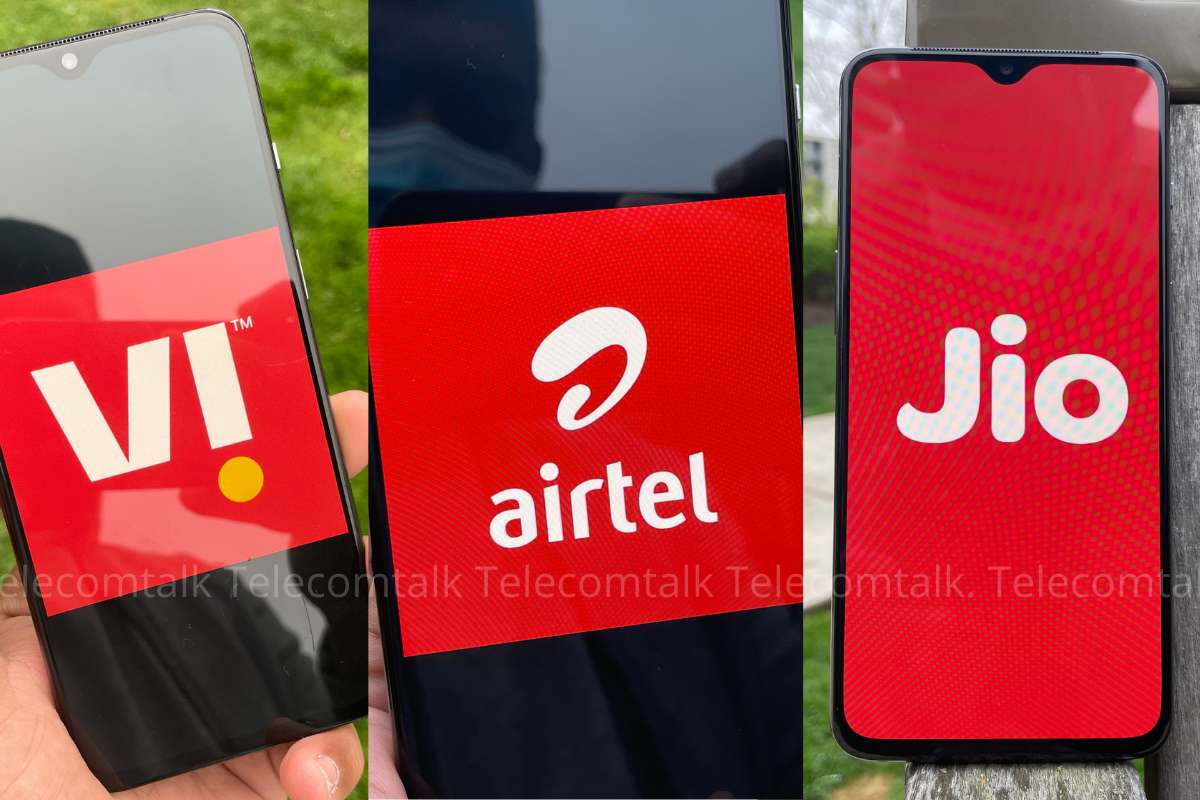
The telecom operators are going to get high-quality telecom gear for cheap in the long term. This is not just because the technology will achieve scale, and with scale, high-quality stuff becomes more affordable. This will be because of all that is happening in India and what has happened already. First of all, the Production Linked Incentive (PLI) scheme of the government for the telecom sector saw multiple major equipment vendors committing to manufacturing products in India.
This will help Indian telecom operators in sourcing the network gear from these vendors for a lower cost than they would have to pay if they were importing it.
O-RAN Would Also Contribute to Lowering Costs
While Open-Radio Access Network (O-RAN) technology has still not matured, it will be certainly make a big difference in the future when it comes to advanced 4G and 5G networks. O-RAN allows telcos to break the restrictions of network deployment and source different components of the network, including software from several companies.
O-RAN is still at least two years away from reaching the markets. But the telcos and even the industry experts are keeping a close eye on the technology to ensure that it can be implemented as soon as it is ready. Everyone in the industry is positive about what O-RAN will enable for the telecom operators.
Right now, the telcos have to purchase everything from a single vendor if they are building a new network, and this becomes too costly for them as the vendors can easily drive the price in such situations. But with O-RAN, the competition would become real, and the vendors would start offering their equipment and services at cut-throat rates to ensure that their market share doesn’t get affected.
Local Manufacturing to Play a Big Role
Initially, setting up new manufacturing facilities and infrastructure would cost the local as well as international companies a lot of money. So the price benefit of local manufacturing might not be realised by the telcos right away.
Bharat Sanchar Nigam Limited (BSNL) is going to launch indigenously developed 4G networks for Indian users. The telco is working with Tata Telecommunications Services (TCS) for the same. It will be interesting to follow how effective and efficient BSNL’s 4G networks are.
Following this, other operators might also start going with homegrown and locally developed equipment for their future generation networks. Jio has already developed its own 5G stack and has conducted successful tests on it.
Cost-Benefit to Customers
It is premature to think that the lower cost-benefit would be extended to the customers as India already gets data at one of the cheapest rates in the entire world. But in the medium-term, the telcos might extend some of the benefits to the customers if they can roll out the services at a lower cost. However, at the end of the day, the telecom operators have a huge debt to pay off and big investments in their bag; thus, they might not really reduce the price for consumers but focus on increasing their profits.















